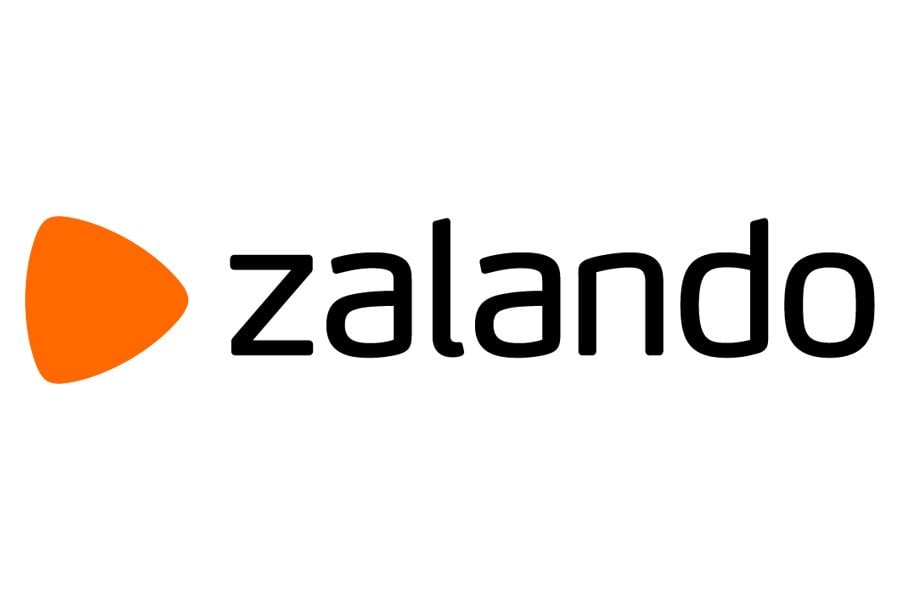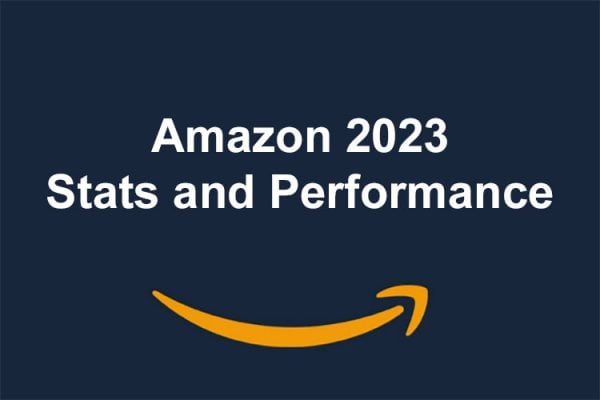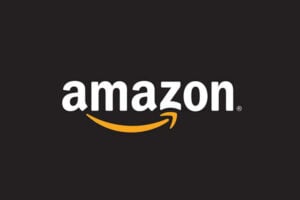A German marketplace, Zalando have landed a top spot as the leading cross-border marketplace in Europe, outpacing considerable players such as Fruugo and ASOS, according to a new ranking of ‘Top 20 Marketplaces Cross-Border Europe’ by Cross-Border Commerce Europe.
The findings come as the cross-border market of European owned marketplaces is gaining momentum, representing a turnover of £8 billion in 2018. That’s 21% of the total cross-border marketplaces in Europe, reaching a turnover of £37 billion, with this share expected to rise by more than 50% to make up £13 billion by 2020.
Zalando are winning the battle for merchants with cross-border objectives at the heart of their business models. Their number position as a cross-border marketplace in Europe indicates their strong position to allay expansion barriers in their efforts to support sellers grow successfully beyond their borders.
“Zalando scored highly in our parameters, taking a number one spot in our research as a Europe-based B2C platform,” says Carine Moitie, Founder, Cross-Border Commerce Europe in conversation with Tamebay.
Fruugo and ASOS take the second and third spot, respectively, with Farfetch and Carrefour following the pack to close the top five rankings of the cross-border marketplaces in the European area.
Speaking about the methodology behind the research, Carine explains that the study took into consideration four parameters. “First, cross-border online sales in Europe, looking at 16 countries in Western Europe. Second, the SEO indicators for cross-border performance. Third, a cross-border score determining the number of countries a marketplace operates in. Fourth, the number and percentage of cross-border visits. Then we used other four additional metrics to refine the ranking, analysing types of the business models of marketplaces, their strategies, AI and big data tactics as well as the number and type of services they offer to customers.”
The study analysed the online platforms’ services and tools aimed at supporting merchants test the waters and enter new territories. It looked closely at services offered by marketplaces such as payments, storage and logistics, return and flow management as well as cloud computing and marketing – enabling sellers to make up their own mind as to which marketplace is the best fit for their expansion strategy.
“[Merchants] need to see the whole helicopter view, mapping the transparency of top cross-border players at European level, that represents an alternative to Amazon and Alibaba – so merchants they can understand what services they offer and whether they need to [trade on them].”











